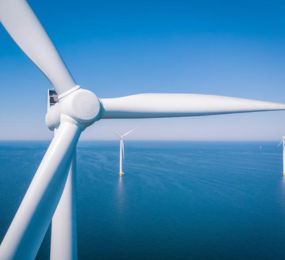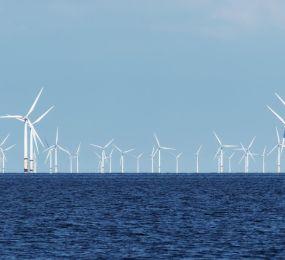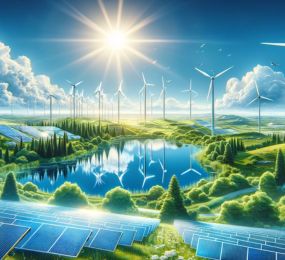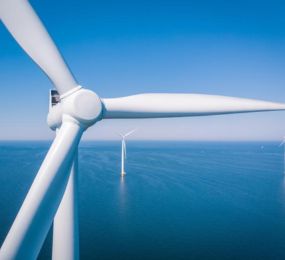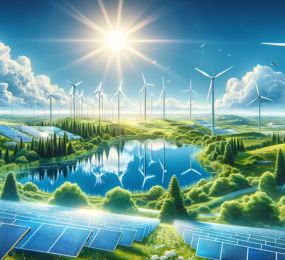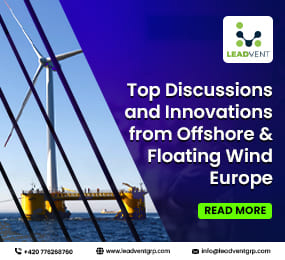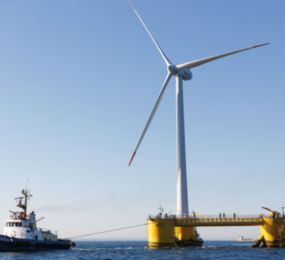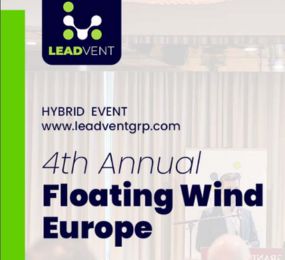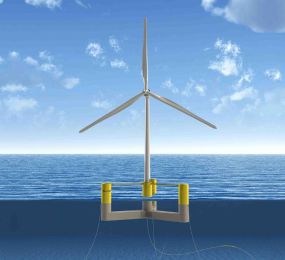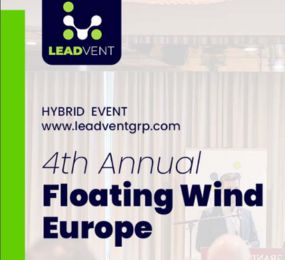The rapid growth of the offshore wind industry has driven the need for more advanced mooring and anchoring systems for floating offshore wind farms. Energy developers are now advancing into deeper water farther than fixed foundations can accommodate. Next-generation mooring and anchor technologies are at the frontiers of innovation, ensuring that floating wind turbines gain increased stability, efficiency, and sustainability via floating offshore wind Maintenance.
Importance of Mooring and Anchor Systems in Floating Offshore Wind
Floating offshore wind farms depend upon mooring and anchor systems for stability and operational efficiency. Such systems are vital in holding turbines against the worst of ocean and weather conditions so as not to impose excessive structural loads, thereby allowing optimisation of energy generation.
Various Types of Mooring Systems for Floating Wind Turbines
- Catenary Mooring Systems: These systems function with chains and cables in a curve for mooring lines. They are highly stable but have large seabed interference.
- Taut-Leg Mooring Systems: Vertical tensioned mooring lines reduce horizontal displacement and maintain a comparatively low environmental impact.
- Semi-Taut Mooring Systems: A cost-to-stability ratio optimum.
- Tendon Mooring Systems: Vertical tendons are employed for utmost station-keeping capability; these systems are normally used at greater water depths.
Anchor System Improvements
- Suction Anchor: It is lightweight and easily installable, with low environmental impact, and ensures a firm grasp of the seabed.
- Drag-Embedded Anchor: Cost-effective anchors suitable for a variety of seabed situations.
- Vertically Loaded Anchors (VLA): Excellent resistance against vertical forces; essential for floating wind applications.
- Hybrid Dynamic Positioning Systems: Enhance station-keeping and take the load off the mooring lines.
Statistics on Floating Offshore Wind and Mooring Technology
- The global floating wind market is anticipated to grow at a CAGR of 33% from 2023 to 2030; next-generation mooring technologies will affect the expansion during this period tremendously.
- Studies assess that visionary mooring systems could reduce installation costs by 30 percent, increasing the competition for floating offshore wind energy against fixed-bottom options.
- The European Commission expects floating offshore wind to reach about 150 GW by 2050, which will significantly stress the need for the advanced design of mooring and anchoring systems.
Innovative Case Studies in Mooring and Anchors
Case Study 1: Hywind Scotland—the first floating wind farm.
For waters deeper than 100 meters, Equinor's Hywind Scotland utilises a combination of taut-moored systems and suction anchors to ensure stability. The pioneer project boasts a capacity factor of 57%, clearly above normal for many other fixed-bottom offshore wind farms.
Case Study No. 2: The WindFloat Atlantic Semi-Submersible Floating Wind Solution
Semi-taut mooring systems, based on advances in synthetic ropes and designed to cut through their environmental impacts, were employed in the WindFloat Atlantic project in Portugal. The project has proven operational feasibility to establish wind turbines in areas with over 200 meters of water depth.
Offshore Wind Conference 2025: Beyond Floating Wind Technologies
The Offshore Wind Conference 2025 is another major meeting of movers and shakers in the industry, policymakers, and researchers. Innovations in floating offshore wind maintenance and mooring and anchoring systems will be discussed with the intent of improving efficiency, cutting costs, and increasing sustainability.
To Book:
When: 12-13th, March 2025
Where: Amsterdam, Netherlands
Key Themes:
- Next-generation stability and anchoring solutions
- Floating offshore wind maintenance and operational strategies
- Digitalisation and AI-driven monitoring for offshore wind farms
- Environmental impact and policy framework
Why Attend the Floating Offshore Wind Conference?
- Acquire knowledge concerning the latest technologies on mooring and anchoring.
- Get educated through case studies focused on major floating offshore wind projects.
- Network with industry professionals, engineers, and policymakers that will shape the future of offshore wind.
- Find out new developments in floating offshore wind maintenance to improve turbine efficiency and life.
The Floating Offshore Wind Conference 2025 shall facilitate collaboration and discussions among experts from around the globe on the new developments, introduce them to ongoing research, and engender these dialogues into affiliations needed to catalyse the evolution of offshore wind technologies.
Floating Offshore Wind Mooring and Anchors: Frequently Asked Questions
Q1: Why are mooring and anchor systems essential for floating offshore wind turbines?
The mooring and anchor systems offer structural capability to withstand movement to be reduced to maintain the efficiency of energy production, unaffected by harrowing oceanic conditions.
Q2: How do next-generation mooring systems decrease costs?
Recent innovations, including synthetic mooring lines and modern designs of anchors, lower material costs, offer ease in installation and improve durability, reducing project costs by up to 30 percent.
Q3: What are the challenges with anchoring for floating offshore wind farms?
Three key challenges involve anchoring in deep waters, protecting the environment, and optimising the design against extreme weather conditions without compromising cost.
Q4: Why is the Offshore Wind Conference 2025 important for the industry?
Innovations in floating offshore wind maintenance, mooring technologies, and sustainability measures will be displayed at the conference—innovations that are set to shape the future of the industry.
Conclusion
Future offshore wind would more likely rely on the next-generation mooring and anchoring systems designed for higher stability and reduced costs while improving environmental sustainability. Innovative mooring technologies will prove to be at the centre of their long-term success. The Offshore Wind Conference 2025 will provide a unique opportunity to be in front of developments in the industry, to connect with experts, and to get a view of cutting-edge solutions for floating offshore wind maintenance. Industry stakeholders should leverage these innovations to shape a sustainable, efficient, resilient offshore wind sector.


